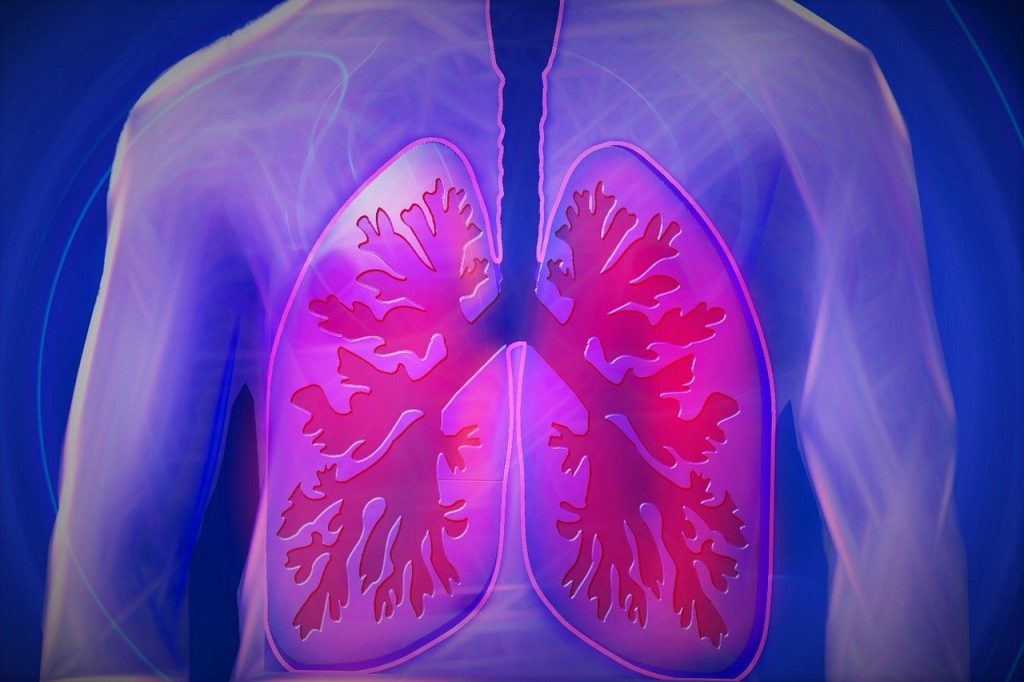All fields are required
Posted in Legionnaire's disease,Our Blog,Outbreaks & Recalls on March 5, 2024

The Cincinnati Health Department confirmed at least one case of Legionnaires’ disease at St. Margaret Hall, a Cincinnati nursing home. Nursing home residents are considered a susceptible population, meaning they are at higher risk of becoming sick when exposed to certain pathogens. Legionnaires’ disease poses a significant risk to those in nursing homes.
According to reports, at least one person has fallen ill with Legionnaires’ disease at the St. Margaret Hall nursing home. The rehabilitation, skilled nursing, and assisted living facility in Walnut Hills provides services from post-acute care to assisted living, to respite, and hospice care.
There are no details available at this time as to whether additional residents or staff have been infected or if the source of Legionella bacterial contamination has been discovered.
No inspection reports have been published by the State or County health departments yet.
Legionnaires’ disease, pronounced (LEE-juh-nares) is a type of lung infection (pneumonia) caused by Legionella bacteria. These bacteria can be found in natural, freshwater environments. However, in this habitat, they generally do not grow to sufficient numbers to cause disease.
This is not so true for man-made water systems, which provide a great breeding ground for these bad bugs.
People become sick with Legionnaires’ disease after inhaling droplets containing Legionella bacteria. This microorganism finds a home in amoebae and protozoa (small one-celled organisms). These cells look quite similar to the alveolar microphages present in the lungs. The bacteria mistake the alveolar microphages for their natural host and infect the human body.
Who is at risk for Legionnaires’ disease? While appropriate maintenance and prevention protocols should have prevented cases of Legionnaires’ disease at St. Margaret Hall, those within the facility are at higher risk of infection.
Most people with a healthy immune system do not fall ill when exposed to Legionella bacteria. There are, however, certain groups of people that are at higher risk of becoming sick after exposure.
People at increased risk include:
Additional risk factors also increase the likelihood of illness after exposure. These include systemic malignancy, recent travel or overnight stay outside of the home, exposure to hot tubs, and recent care at a healthcare facility.
This includes places like St. Margaret Hall.
Certain man-made water systems make great homes for Legionella bacteria. These environments allow them to grow and thrive into infectious numbers and provide an outlet for them to aerosolize into water droplets in the air.
Key Legionella bacteria risk factors include:
Hotels, resorts, and cruise ships often have some or all of these risk factors. Hospitals and long-term care facilities too!
Many cases of Legionnaires’ disease go undiagnosed. This is because symptoms present very similar to other pneumonia illnesses and specific tests are needed to properly diagnose the illness. It can even be indistinguishable with a chest x-ray.
A recent study estimated that the actual number of Legionnaires’ disease cases could be as much as 1.8 to 2.7 times higher than what is actually reported.
This is unfortunate, because Legionnaires’ disease can be treated with certain antibiotics, which significantly improve the patient’s outcome. This is important when statistics show that 1 in 10 people with Legionnaires’ disease die from complication of their illness.
There are two diagnostic tests for Legionella infection. Urine antigen tests and bacterial cultures.
The most common diagnostic test for Legionnaires’ disease is the urine antigen test (UAT). This is a quick test that detects a molecule of the Legionella bacteria in the patient’s urine. If this test is positive, a bacterial culture is performed to confirm the diagnosis.
The best diagnostic method is isolation of the potential bacteria on a culture medium.
Lower respiratory secretions (e.g., sputum, bronchoalveolar lavage, etc.) are grown on media that supports the growth of Legionella bacteria. If it grows, it is Legionella, and the patient likely has Legionnaires’ disease.
This isolated sample can be used in genetic testing that may connect related strains of other patients to identify a cluster outbreak or an environmental sample that determines the source of the infection.
Have you been exposed to Legionnaires’ disease at St. Margaret Hall? If you are in the higher risk group, there are several things you should consider.
If you have been exposed to Legionnaires’ disease at St. Margaret Hall, you should monitor for symptoms for 2 weeks after your potential exposure.
Common symptoms include typical pneumonia symptoms such as acute onset of lower respiratory illness with fever and/or cough.
Other symptoms may include:
If you experience Legionnaires’ disease symptoms, notify your healthcare provider. Prompt medical care and indicating potential exposure risks can expedite specific treatment for Legionnaires’ disease. This could dramatically impact your outcome for recovery.
If you have become sick with Legionnaires’ disease at St. Margaret Hall, consider contacting a Legionnaires’ disease lawyer.
The experienced Legionnaires’ disease lawyers at The Lange Law Firm, PLLC have represented many families with Legionnaires’ disease cases. Their knowledgeable team has recovered millions of dollars to help families and hold those responsible accountable for their actions.
Call (833) 330-3663 or email here for a free consultation.
By: Heather Van Tassell (contributing writer, non-lawyer)